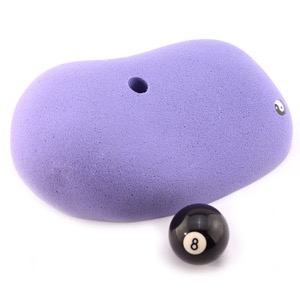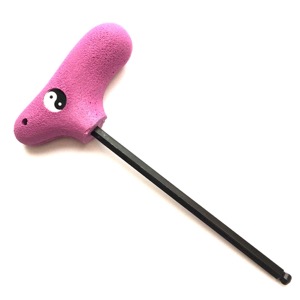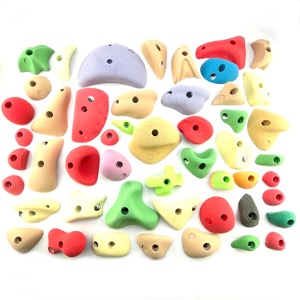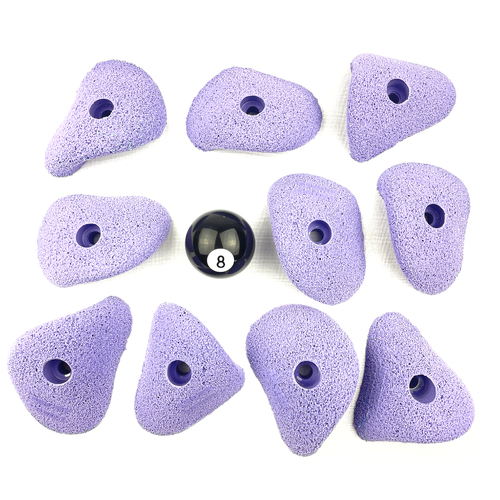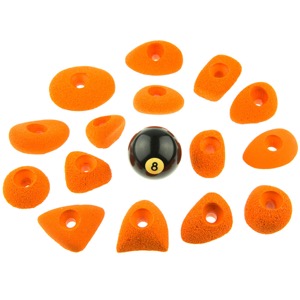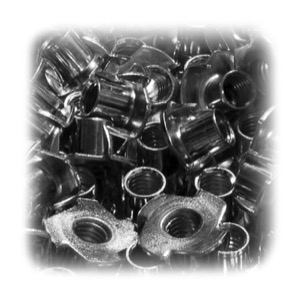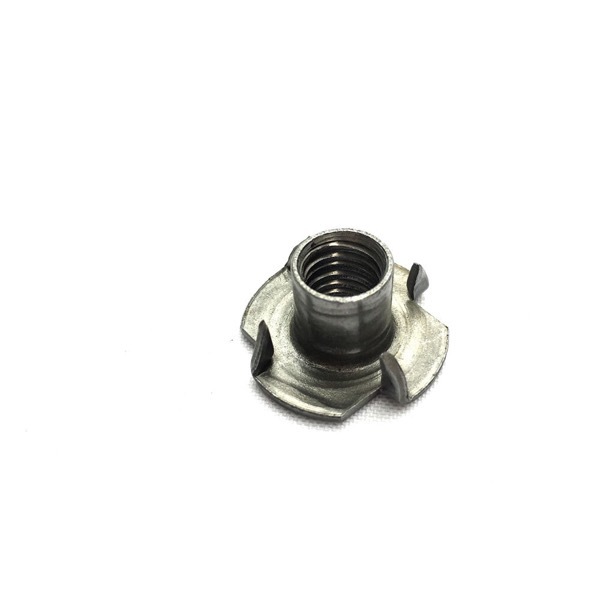
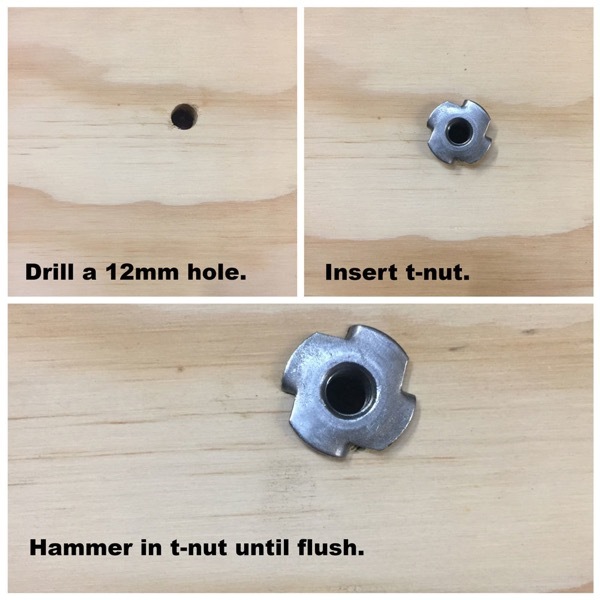
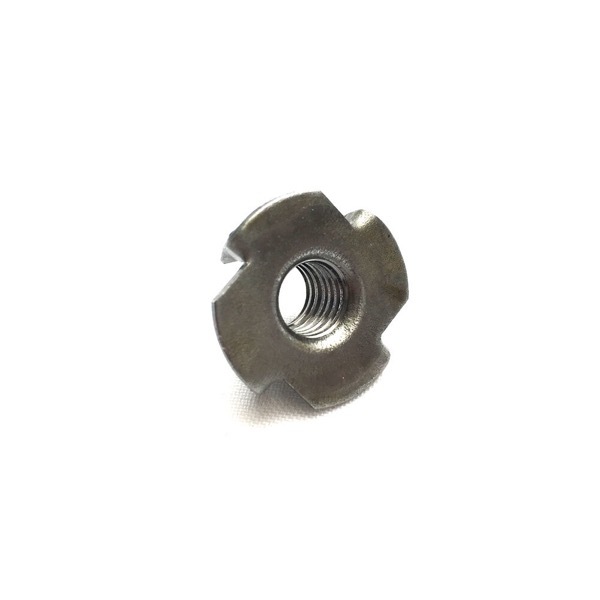
 More info |
Make 4 payments of $0.08 over 8 weeks!
More info |
Make 4 payments of $0.08 over 8 weeks!
Made from high-quality steel, these T-Nuts provide robust and reliable anchoring, ensuring that your climbing holds stay firmly in place. Perfect for both commercial and home climbing walls, our T-Nut Steel fasteners are designed to withstand repeated use and offer exceptional durability. With a design that allows for easy installation, these T-Nuts fit seamlessly into your climbing wall, providing a secure and stable foundation.
- good for indoor climbing walls that will not be exposed to the elements
- stronger than standard zinc plated t-nuts
- will rust and corrode if exposed to rain or very humid conditions
- attached by hammering into pre-drilled 12mm hole
- threads are imperial 3/8" UNC
- 25 - 35 t-nuts are recommended per m2 of climbing surface or 70-100 per full sheet of plywood
Tools required to install: drill, 12 mm drill bit, hammer
TIP: To prevent corrosion place steel/zinc t-nuts into a plastic bag and treat them with a long lasting lubricant like CRC Long Life before you install them. Spray them in the bag and shake them around and make sure they are well coated, but not dripping, then install.
- HOW TO ATTACH A CLIMBING HOLD TO A PLYWOOD WALL - Click Here
- All bolt-on holds/sets require socket head type bolts, except for the Classic Footholds Set which requires countersunk head bolts.
- All bolts Uncarved Block sells are imperial 3/8" diameter with UNC threads. All holds compatible with 10mm metric bolts.
- Unless otherwise stated, t-nuts are not included with holds or sets.
- Any items shown in pictures other than holds are to show scale and are not included with purchase.
- More information about hold colors click here.
- Bolts optionally supplied with holds/sets are suited for 17 mm thick climbing walls, if you require longer bolts order these separately.
- It is cheaper & faster to select random colours.
Calculate Shipping
Best price on quality product
By: Cameron on 10 August 2023Short of buying a few thousand units direct from factory, this is the best price you will find for the high-quality steel t-nuts in Australia.
(5)
Great value
By: Stewart on 31 March 2023I think I have around 1200 T-nuts from uncarved block, 700 with this order and 500 previously. Terrific value and quality.
(5)
Stronger than zinc
25 June 2020Excellent, strong T-nuts. Definitely stronger than the zinc coated ones I had. Very prompt service & delivery. Thanks.
(5)



